What is the Average Flow Rate of A Kitchen or Bathtub Faucet

Flow rate is often overlooked by average water consumers. However, the flow rate is a critical factor for any water system you own, from the kitchen to the bathtub. In this article, we will discuss the average flow rate of a kitchen or bathtub faucet and other knowleage about the flow rate of a faucet.
It is generally believed that the average flow rate of the faucet is between 1.0 GPM (gallons per minute) and 1.5 GPM. Studies have shown that on average, the flow rate at which people turn on the tap is between 1.0 GPM and 1.5 GPM. According to federal standards, the maximum flow rate of all faucets at 60 psi (pounds per inch) is 2.2 GPM.
How to measure the faucet flow rate?
To measure the flow rate of a faucet, you need a container large enough, a measuring cup, and a stopwatch to hold approximately one gallon (3.75 liters) of water.
1. Place the container under the tap.
2. Turn on the tap and start the stopwatch timer at the same time. It is important that these two actions are performed at the same time. Note: If you are measuring the maximum flow, the faucet needs to be fully opened. If any, this also includes hot and cold nobs.
3. Wait 10 seconds, then turn off the tap.
Measure the water collected in the container. Convert the measurement to gallons, and then multiply the value by six. This will be the GPM (gallons per minute) of the tap.
How to Reduce Faucet Flow Rate?
The faucet aerator will reduce the flow rate. The faucet aerator is usually located at the tip of the fixture. They are usually screwed onto the tap. Therefore, a non-splashing water flow mixed with air is generated. This method of reducing the flow rate does not affect the water pressure.
The WaterSense program of the U.S. Environmental Protection Agency (EPA) issued a specification. The specification marked water-saving high-performance faucets and faucet accessories. In addition, it has proven that it can use 0.8 GPM at 20 psi (pounds per square inch) and 1.5 GPM at 60 psi. And, 0.5 GPM is used for public facilities.
How to Increase Faucet Flow Rate?
In most cases, you can increase the faucet flow rate by replacing the faucet aerator with a higher GPM model. However, before you go out and buy a new one, it helps to find out if the aerator is the real problem. To check this, completely remove the aerator and turn on the faucet to see if the flow is good. If so, then the problem lies with the aerator.
- Low flow faucet aerator – If this is the problem, you can simply replace the aerator with a higher flow rate unit or remove it completely. However, find out what the maximum legal flow rate allowed in your area while exploring these options.
- Plugged aerator screen – Over time, mineral deposits and sediments tend to clog up your faucet head. You can unscrew the tip and clean it with vinegar. Use toothpicks to scrape out the particles. If the deposits are too stubborn to be removed, it may be time to replace the faucet head completely.
Did You Know?
- Studies have shown that if we turn off the faucet while brushing our teeth, we will save approximately 3,000 gallons of water each year.
- Every time you shower, you can save 4 gallons of water by replacing the shower head with a model with the WaterSense label.
- Replacing old, inefficient faucets and aerators with models with the WaterSense label can save 700 gallons of water per year.
- Replacing the standard clock timer with an irrigation controller with a WaterSense label can save your home nearly 8,800 gallons of water.
- Faucets with the WaterSense label — or aerators that can be installed on existing bathroom faucets — are approximately 30% more efficient than standard faucets, while still providing sufficient flow.
- Homes that have received the WaterSense label are equipped with sanitary ware with WaterSense labels, efficient hot water delivery, smart landscape design, and many other features to ensure households save water in the next few years.
People Also Ask
Talking about faucet flow rates here are some frequently asked questions related to faucet water flow rates. I think you’ll find these answer beneficial. So, I thought of including them here.
What is a good flow rate for a bathroom faucet?
A good faucet flow rate is around 1.5 GPM or even 0.5 GPM (according to WaterSense standard).
What is the average flow rate of a bathtub faucet?
The average flow rate of a bathtub faucet is approximately 4 to 7 GPM.
What is the average household water flow rate?
The average American household needs 100 to 120 gallons per person per day and flow rate of 6 to 12 GPM. This can vary depending on the size of the family.
 WOWOW Faucets
WOWOW Faucets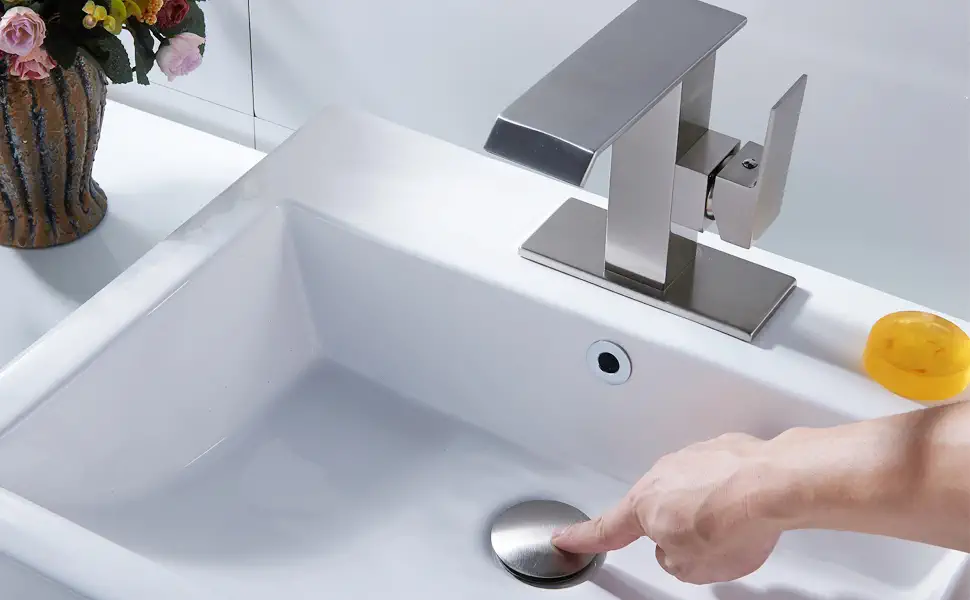
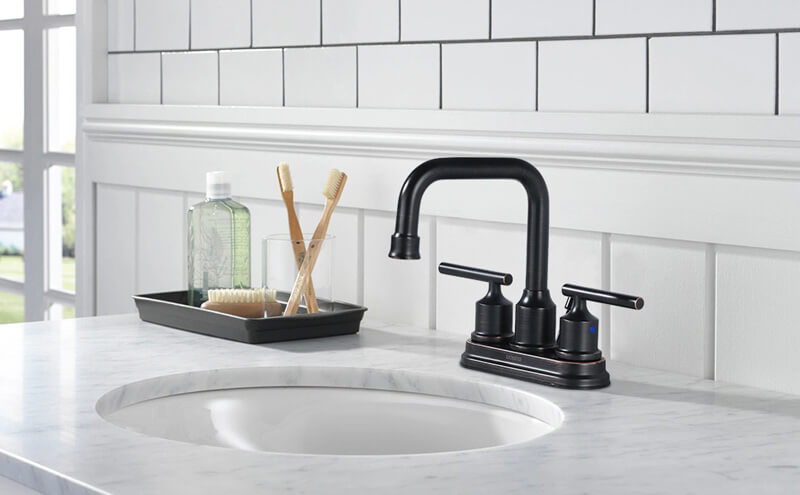
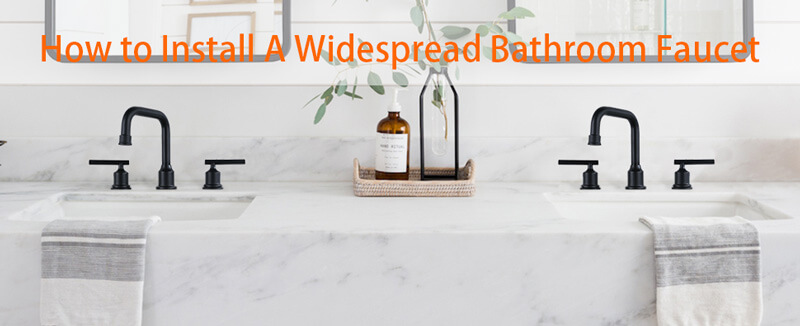
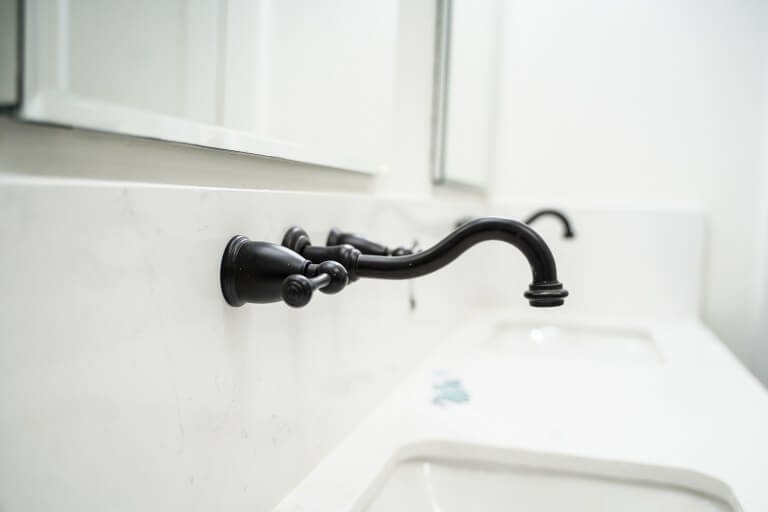
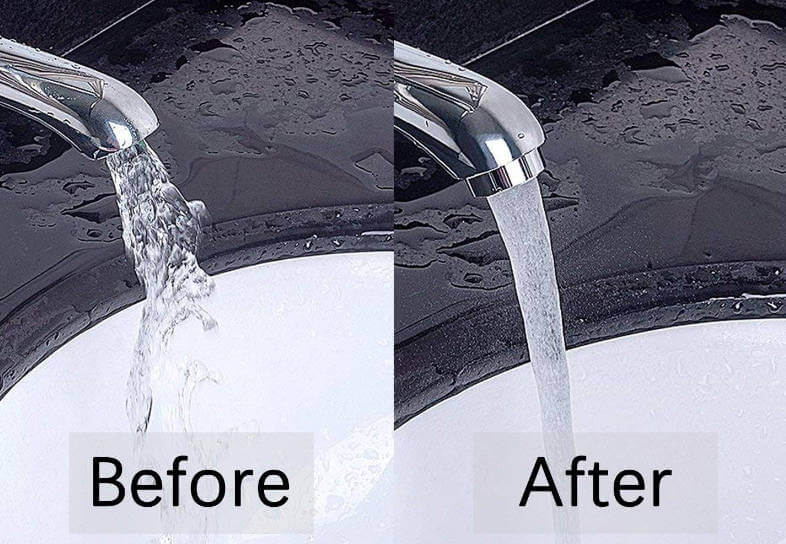
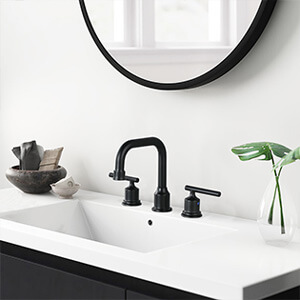
您好!Please sign in